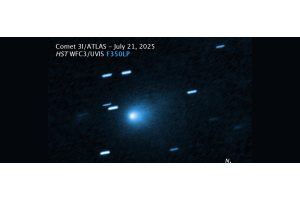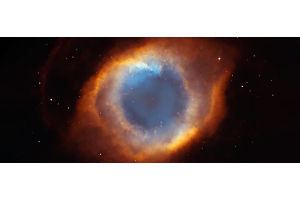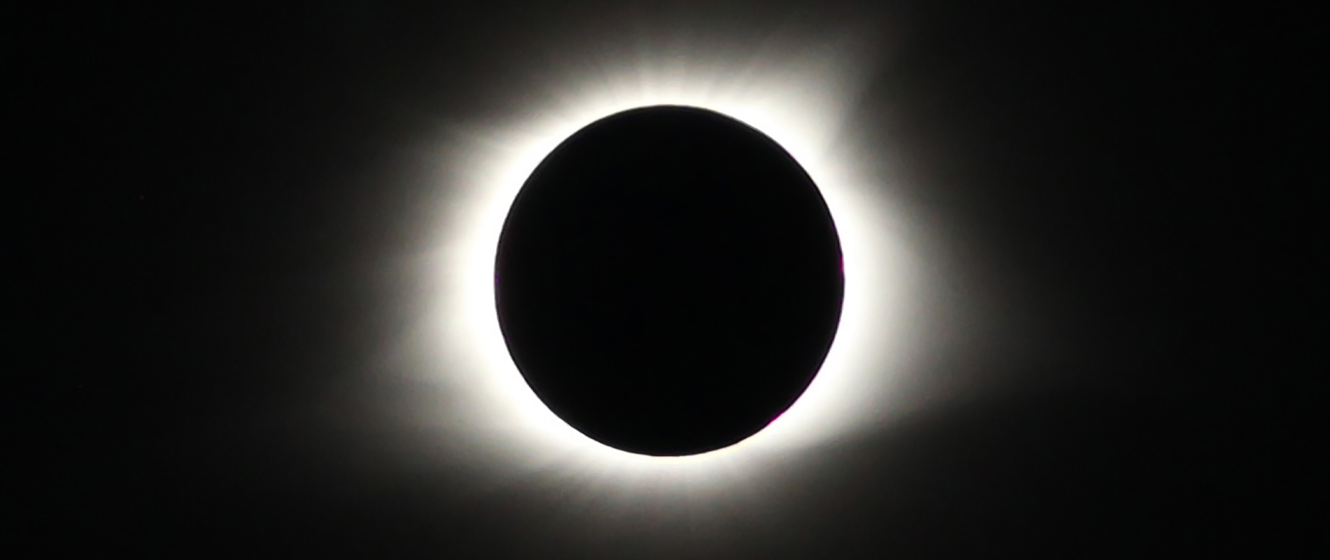
Are you ready for a celestial spectacle that will leave you in awe? We sure are! As astronomy enthusiasts, we can't wait for the upcoming solar eclipses in the United States, where we'll get to witness the moon pass in front of the sun, creating a breathtaking sight for all to see.
A solar eclipse occurs when the moon passes between the sun and the Earth, blocking the sun's light and casting a shadow on the Earth's surface. This spectacular event has fascinated humans for centuries, with the earliest recorded solar eclipse dating back to 2137 BCE in ancient China.
Throughout history, solar eclipses have played an important role in shaping human beliefs and understanding of the universe. Ancient civilizations, such as the Babylonians and Egyptians, saw solar eclipses as omens of impending doom or as messages from their gods. Even today, solar eclipses continue to hold cultural significance in many parts of the world.
But solar eclipses are not just important from a cultural and historical perspective. They also have scientific value. In fact, they have helped us make major discoveries in astronomy. During a solar eclipse, scientists are able to study the sun's corona, which is usually hidden by the sun's bright light. This has led to the discovery of new features and phenomena of the sun's atmosphere, such as coronal mass ejections.
In this article, we'll take you on a journey through the history of solar eclipses, from ancient times to modern day. We'll explore the role solar eclipses played in our understanding of the universe, and how they have helped us make scientific discoveries. We'll also delve into recent and upcoming solar eclipses and their impact on society and scientific research.
So, whether you're an astronomy enthusiast or just someone who appreciates a good spectacle, get ready to have your mind blown as we dive into the fascinating world of solar eclipses. Let's explore the history and significance of solar eclipses together!
Ancient Times
One of the earliest attempts to predict a solar eclipse dates back to ancient China, around 2137 BCE, during the Shang Dynasty, more than 4000 years ago. The earliest record was recorded on October 22, 2137 BCE. Eclipses were important for ancient China, as it enabled them to check the accuracy of their calendar systems. If a solar eclipse occurred on a date that was not predicted, they were “discharged” (or executed). Ancient Chinese astronomers ultimately observed nearly 920 different solar eclipses from 2137 BCE to 1785 CE (Wang, P. K. & Siscoe, G. L. (1980).
Arabic astronomers were also interested in studying solar eclipses for scientific purposes. They made extensive observations and recorded detailed information about solar eclipses, including the time and duration of the event, the location, and the appearance of the corona and other phenomena. Likewise, the Mayans were also able to predict the timing of solar eclipses by keeping track of the periodic nature of the Sun & Moon over many decades and centuries. The Dresden Codex contained accurate astronomical tables, which were able to accurately predict solar eclipses centuries in advance. Indeed, the Dresden Codex’s astronomical tables are so accurate that one can predict a modern solar eclipse, despite the Codex dating to the 11-12th century.
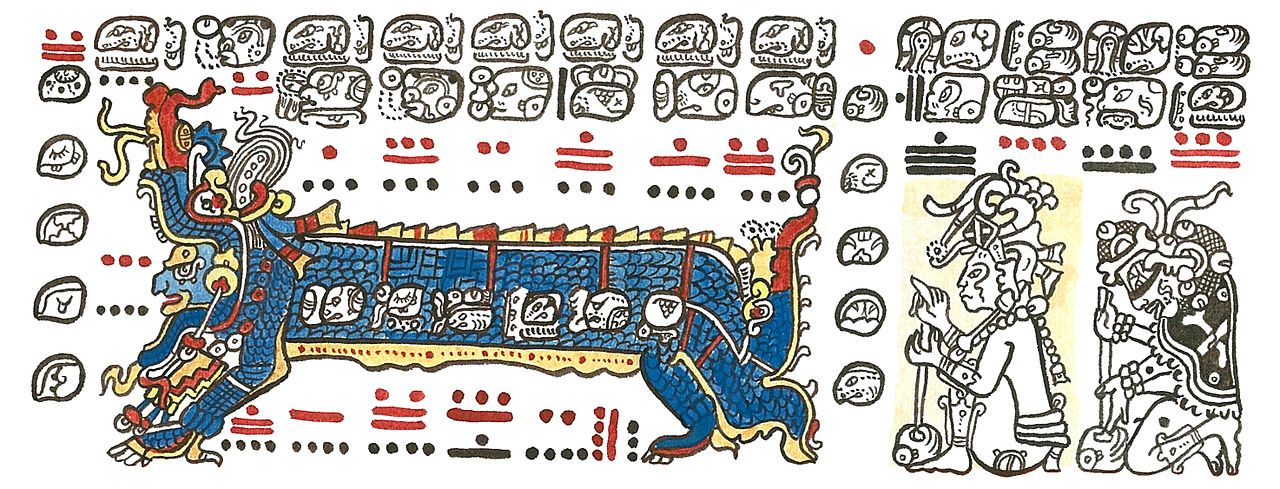
Medieval, Renaissance, and Victorian Periods
While ancient civilizations were able to predict solar eclipses with a high degree of accuracy, it wasn’t until the Medieval & Renaissance periods that a true scientific understanding of how solar eclipses work began to emerge. Eclipses were viewed with fear and suspicion by many civilizations in Europe, Africa, and Asia. It has been suggested that a battle in present-day Turkey ended because of a solar eclipse in 585 BCE. According to the story, the eclipse startled the warring parties so much that they decided to draw a treaty, thus ending the six-year war. Although the story may not be entirely true, it illustrates how eclipses were often regarded with apprehension and alarm.
Johannes Kepler was potentially the first scientist to comment on a corona during a solar eclipse. In his book “Optics”, written in 1604, Kepler observed a mysterious glow around the Moon during a solar eclipse. Kepler erroneously believed the “glow” was the Moon’s atmosphere backlit by the Sun. In 1715, astronomer Edmund Halley published a broadside asking for citizen observations of a solar eclipse to refine his prediction of its path by roughly 40 miles. He received enough data to correct his results and predicted the path of the 1724 eclipse.
Perhaps one of the most noteworthy eclipse observers in the 18th century was Francis Baily. On May 15, 1836, Baily observed strange irregularities during an annular eclipse on the Sun moments before second contact that appeared as “beads”. We now understand these beads, named Baily’s Beads in honor of the aforementioned astronomer, are a result of the last traces of sunlight passing through the Moon’s rugged terrain before totality. On July 8, 1842, Baily observed a solar eclipse and deduced that the corona was in fact part of the Sun’s atmosphere instead of belonging to the Moon as Kepler believed.
Observations of solar eclipses played a minor (but nonetheless significant) role in the development of the General Theory of Relativity. Le Verrier, the astronomer whose calculations of discrepancies in the orbit of Uranus led to the discovery of Neptune, was obsessed with solving the discrepancies in the orbit of Mercury. Le Verrier believed a planet existed between the orbit of Mercury and the Sun. This planet, named Vulcan, would tug on the orbit of Mercury and create these discrepancies. The planet would likely orbit so close to the Sun that it would be generally invisible except during a total solar eclipse. However, observations of total eclipses in 1883, 1887, 1889, 1900, 1901, 1905, and 1908 revealed that no such planet existed. Einstein would later prove these discrepancies were a result of the Sun’s gravity bending the light from Mercury, appearing as discrepancies. This was critical proof of his Theory of General Relativity, which described how gravity could bend light.
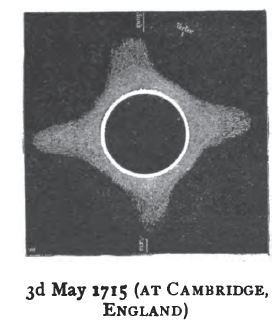
Illustration of the May 3rd, 1715 solar eclipse
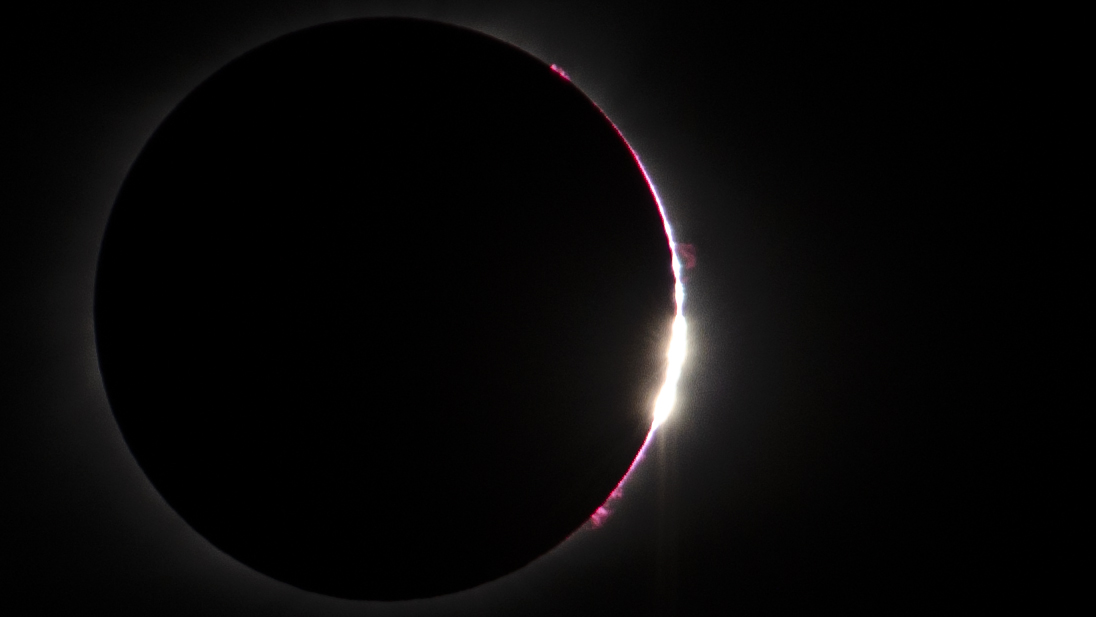 Click to Enlarge Image
Click to Enlarge Image
Recent & Upcoming Eclipses
August 21, 2017, marked the first total solar eclipse visible across the United States since 1918. Many of you reading this probably remember this eclipse; it was dubbed the “Great American Solar Eclipse of 2017”. The path of totality, the area where the moon completely covered the sun, crossed 14 states from Oregon to South Carolina. Millions of people flocked to witness the spectacle, resulting in heavy traffic, packed campsites, and sold-out hotels. The event was highly publicized and brought together people from all over the world. Social media was abuzz with eclipse-related content, including photos, videos, and live streams. The eclipse also sparked scientific interest and led to numerous studies on the sun's corona and the effects of the eclipse on the Earth's atmosphere.
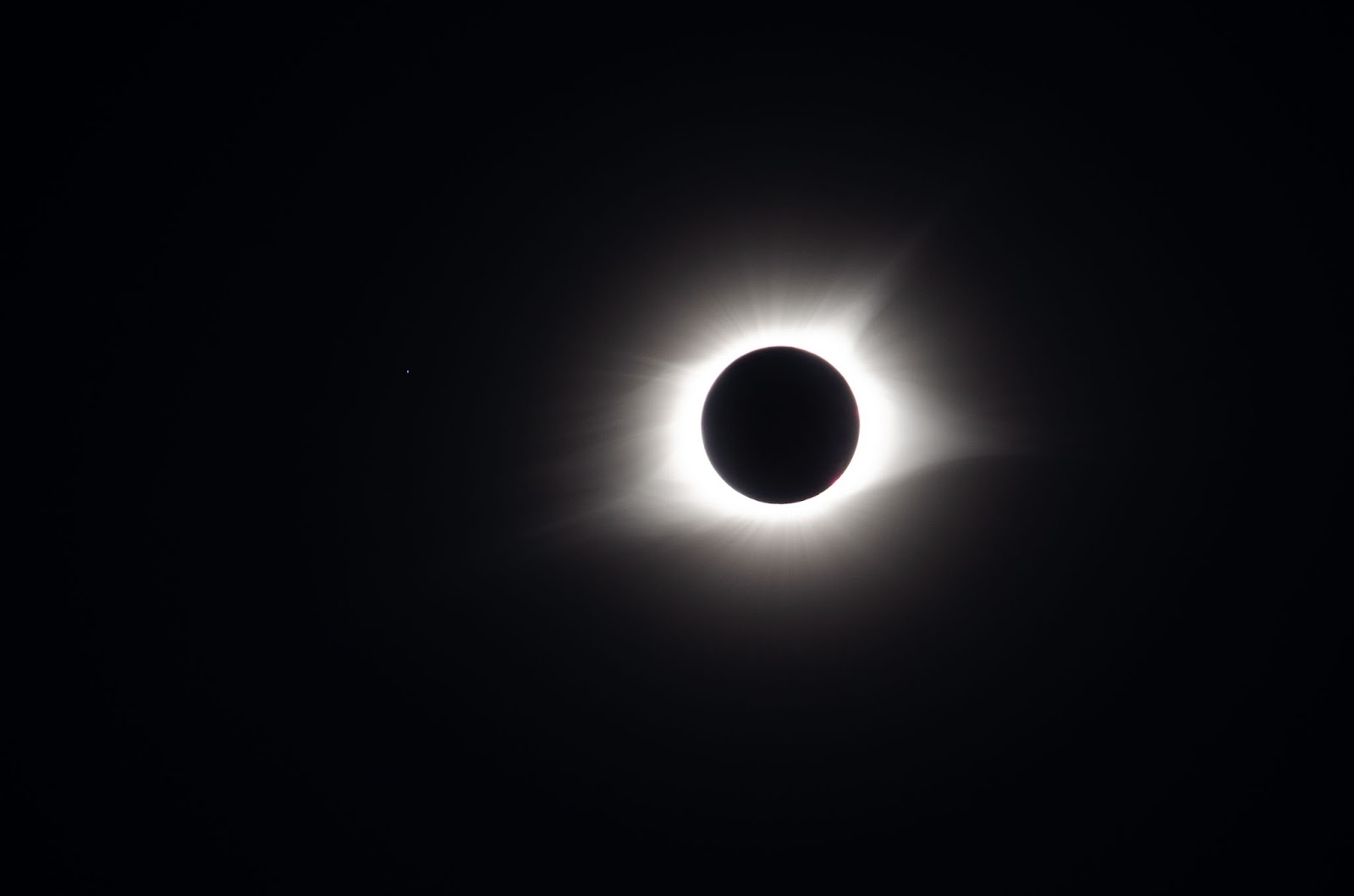 Click to Enlarge Image
Click to Enlarge Image
On July 2, 2019, a total solar eclipse occurred over South America. The path of totality crossed parts of Chile and Argentina, with a partial eclipse visible from other South American countries. Although not as widely publicized as the 2017 eclipse, the event still drew thousands of tourists and researchers. Many local communities organized festivals and events to celebrate the eclipse, including stargazing parties and astronomical lectures.
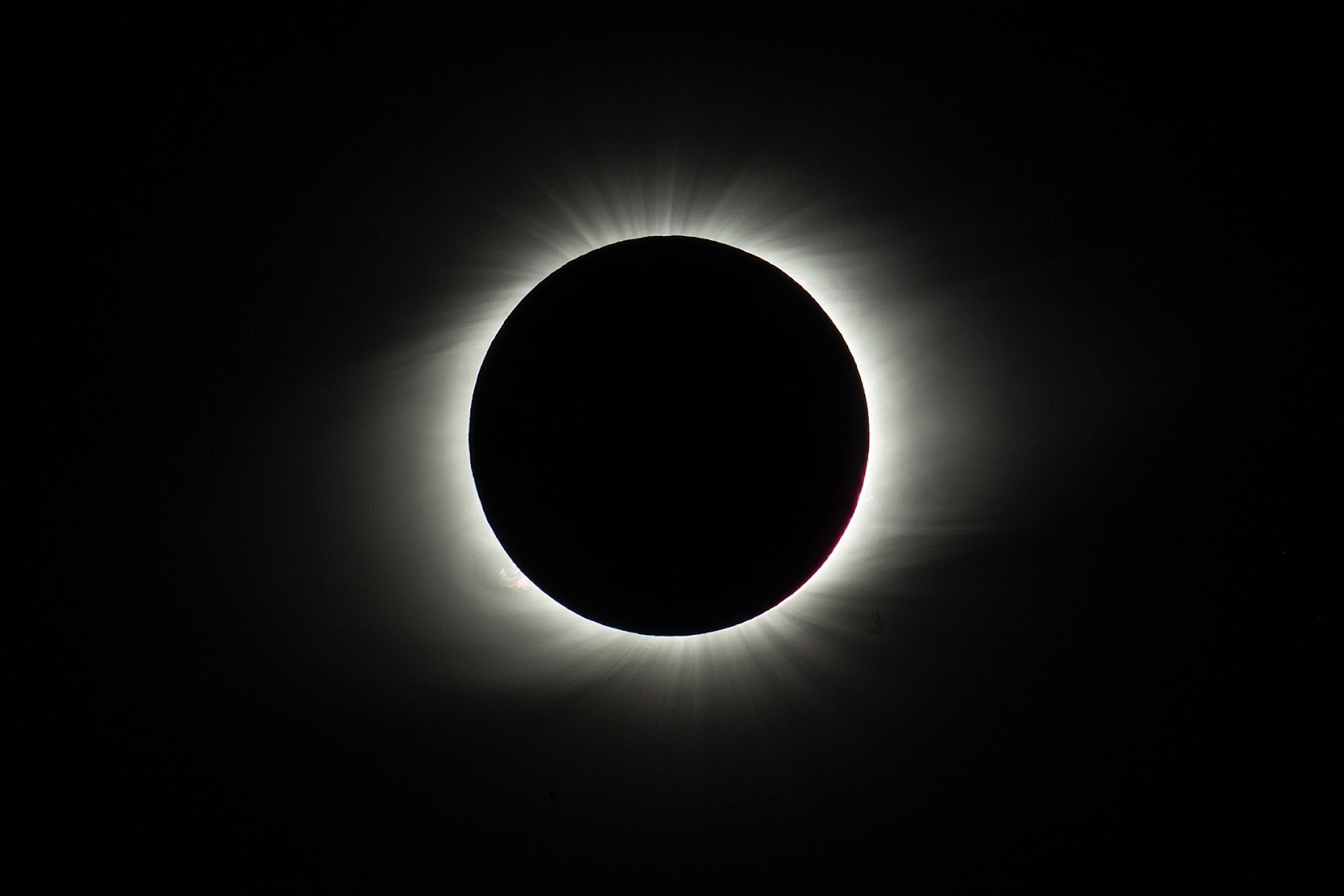 Click to Enlarge Image
Click to Enlarge Image
On December 14, 2020, a total solar eclipse occurred over parts of South America and the South Pacific Ocean. The path of totality crossed parts of Chile and Argentina, as well as parts of the Atlantic and Pacific Oceans. Due to the COVID-19 pandemic, travel restrictions limited the number of people who could witness the eclipse in person. However, many turned to social media such as YouTube for live streams to witness this solar eclipse.
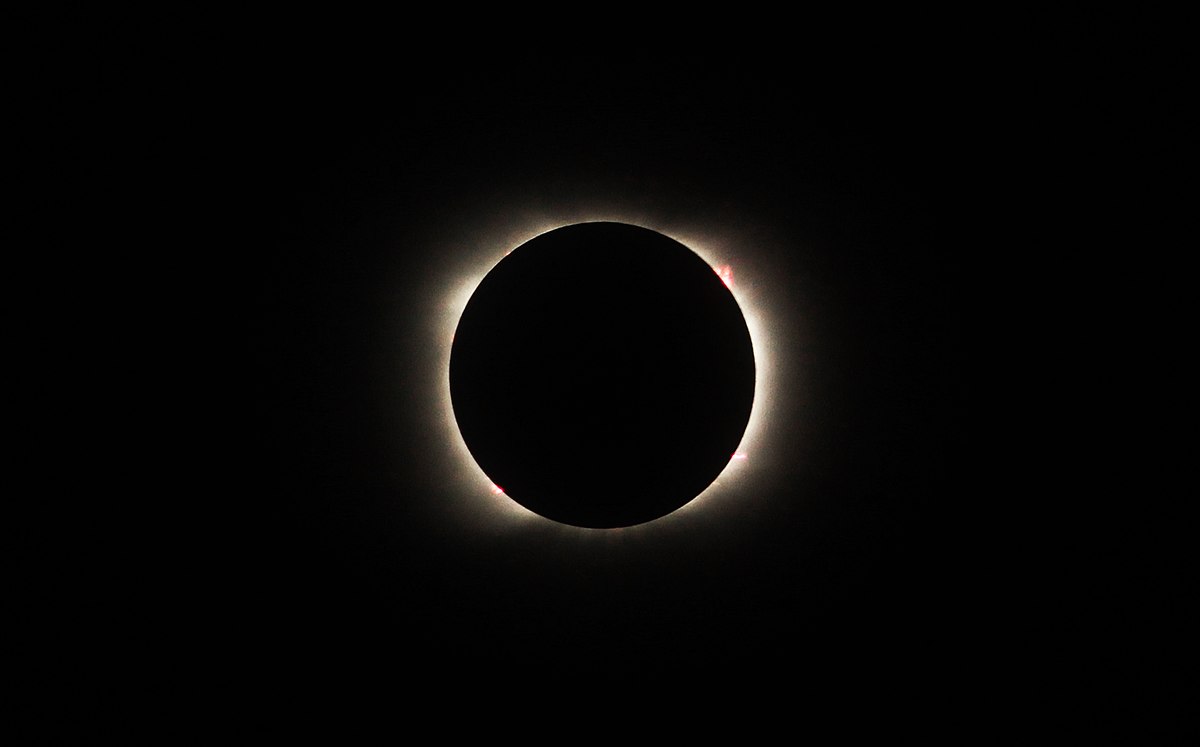 Click to Enlarge Image
Click to Enlarge Image
On April 20, 2023, a rare hybrid solar eclipse occurred, which changed from annular to total and back again as the Moon's shadow passed over the Earth's surface. Totality was visible in parts of Western Australia, East Timor, and Indonesia, and more than 20,000 people watched the eclipse from Exmouth in Western Australia.
On April 8, 2024, a total solar eclipse will cross over parts of North America, with the path of totality stretching from Mexico to eastern Canada. Much like the 2017 eclipse, the event is expected to be a major tourist attraction, drawing millions of visitors to witness the spectacle. Unlike the 2017 eclipse, the April 2024 eclipse will follow an “ascending node” path, coming from the southwest and heading northeast. It will also be twice as long, lasting nearly four minutes. However, the eclipse will also be going over an area of the USA more prone in April to troublesome weather due to the peak of the severe weather season in the springtime.
Throughout history, solar eclipses have been viewed with great significance and wonder. Many ancient cultures associated eclipses with supernatural events or ominous signs, while others saw them as a chance to observe celestial phenomena and make astronomical discoveries. In modern times, solar eclipses continue to captivate people's imaginations and serve as opportunities for scientific study and education.
Looking to the future, solar eclipses will continue to be important events for scientific study and public engagement. Advances in technology have enabled researchers to gather more detailed data on eclipses than ever before, and new discoveries about the sun, moon, and Earth's atmosphere are still being made. Additionally, the excitement and spectacle of eclipses provide opportunities for inspiring future generations of scientists and promoting interest in science and astronomy. As such, it is likely that solar eclipses will remain an important aspect of scientific and cultural life for years to come.

Learn More
Interested in learning more about solar and lunar eclipses? Not sure where to begin? Check out our Astronomy Hub!











